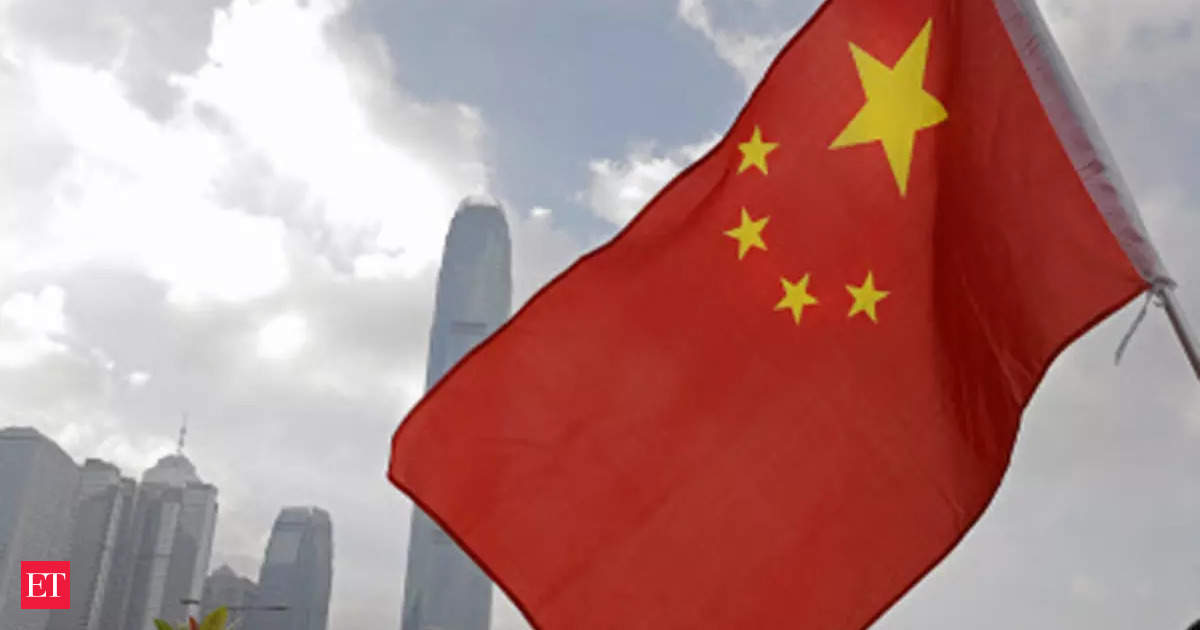NG Missile Vessels
FULL MEMBER

- Joined
- Apr 9, 2023
- Messages
- 1,600
- Reaction score
- 0
- Country
- Location
Economic growth in India is expected to outpace that of China this year and next, according to the Organization for Economic Cooperation and Development.
In its latest global economic outlook report, the OECD predicted India, China and Indonesia would top gross domestic product projections for 2023 and 2024. Overall, the organization expects global growth of 2.7% this year.
That would mark the second-lowest annual rate since the global financial crisis, except for the 2020 Covid pandemic year, it said.
"Falling energy prices and headline inflation, easing supply bottlenecks and the reopening of China's economy, coupled with strong employment and relatively resilient household finances, all contribute to a projected recovery," OECD Chief Economist Clare Lombardelli said.
"Nevertheless, the recovery will be weak by past standards," she said, adding that monetary policymakers will "need to navigate a difficult road."
The OECD expects India to grow 6% in 2023; China to grow 5.4%, Indonesia to grow 4.7%.
India's 2022 full-year growth momentum is expected to continue into this year, the group said, after higher-than-expected manufacturing and agricultural output and strong government spending. The OECD added that looser monetary policy in the second half of next year will help household spending momentum return. It also expects India's central bank to turn to mild interest rate cuts starting in the middle of 2024.
The report added that it expects OECD countries' average headline inflation to fall to 6.6% this year, after peaking at 9.4% in 2022. It also predicted the U.K. will experience the highest level of inflation among advanced economies this year. Of countries in focus in the OECD's inflation analysis, only Argentina and Turkey are expected to have a higher headline rate.
In order to combat inflation and address the concerns that lie ahead for the global economy, the OECD advised governments to take the following three measures: maintain restrictive monetary policy; phase out and target fiscal support; and prioritize pro-growth spending and supply-boosting structural reforms.
"Almost all countries have higher budget deficits and debt levels than before the pandemic," the organization said in its report.
"Careful choices are needed to preserve scarce budget resources for future policy priorities and to ensure debt sustainability," it said.
'Fragile' improvement'
Still, the OECD warned the global economic recovery remains fragile as central banks continue to tighten monetary policy, which could lead to stress in financial markets.
"Key concerns are that renewed fragilities could appear in the banking sector, resulting in a broader loss of confidence and a sharp contraction of credit, and a heightening of risks from liquidity mismatch and leverage in non-bank financial institutions," it said.
While noting that banks may collectively be more resilient than they were during the recent global financial crisis, the OECD said, "market confidence remains fragile, as shown by the speed at which banking sector pressures spread across countries following bank failures in the United States in March."
It also pointed to elevated debt levels in advanced economies, following the Covid pandemic and Russia's war in Ukraine.
"Most countries are grappling with higher budget deficits and higher public debt. The burden of debt servicing is increasing, and spending pressures related to ageing and the climate transition are building," the OECD's Lombardelli wrote.
Last month, World Bank president David Malpass raised similar concerns, adding that the debt-to-GDP ratios for advanced economies are "higher than ever before."
Asia remains bright
While the global economy could slow down further, Asia is expected to remain a bright spot as regional inflation is expected to remain "relatively mild," OECD says. It added China's reopening is expected to boost demand for the wider region.
Elsewhere, the OECD forecast GDP growth of 1.3% for Japan, boosted by fiscal policy support, as underlying inflation continues to move up toward 2%.
Nomura economists in a Monday note wrote that global financial conditions suggest it's "Asia's time to shine."
"The stage is set for Asia's medium-term outperformance," analysts led by Rob Subbaraman wrote.
"The prospect of subdued global growth and the near-end of policy rate hikes are likely to spur investors to look for new opportunities, while placing a premium on healthy economic fundamentals – we believe Asia fits the bill," they wrote.

India predicted to outshine China as Asia remains a bright spot for global growth
In its latest global economic outlook report, the OECD predicted India, China and Indonesia would top gross domestic product projections for 2023 and 2024.





